Some of the world’s most admired dogs are also the hardest to live with. Their beauty, strength, and intelligence come with temperaments that demand skill, patience, and authority.
Many owners are drawn by appearance or reputation, unaware that these same traits can turn volatile if left unchecked. A dog once bred to guard or hunt cannot easily forget its instincts. These breeds test boundaries, challenge commands, and require more discipline than affection alone can offer.
They are not villains, but they are not for the faint-hearted either. Behind their elegance lies a temperament that can frustrate even seasoned trainers.
The following article examines famous dog breeds that continue to win hearts worldwide while carrying reputations for difficult behavior, exploring what makes them both admired and misunderstood.
Key Takeaways
You might fall in love with a breed at first glance — but their personality can demand more than affection alone.
Chihuahuas may be tiny, but their boldness and loyalty can turn them into little powerhouses, while Presa Canarios command attention with sheer presence and assertiveness.
From Alaskan Malamutes who challenge every command to Korean Jindos and Chow Chows who weigh loyalty against independence, these breeds test even experienced handlers.
By the end, you’ll know which seven breeds are as challenging as they are captivating.
Popular Dog Breeds with Terrible Temperaments
1. Chihuahua
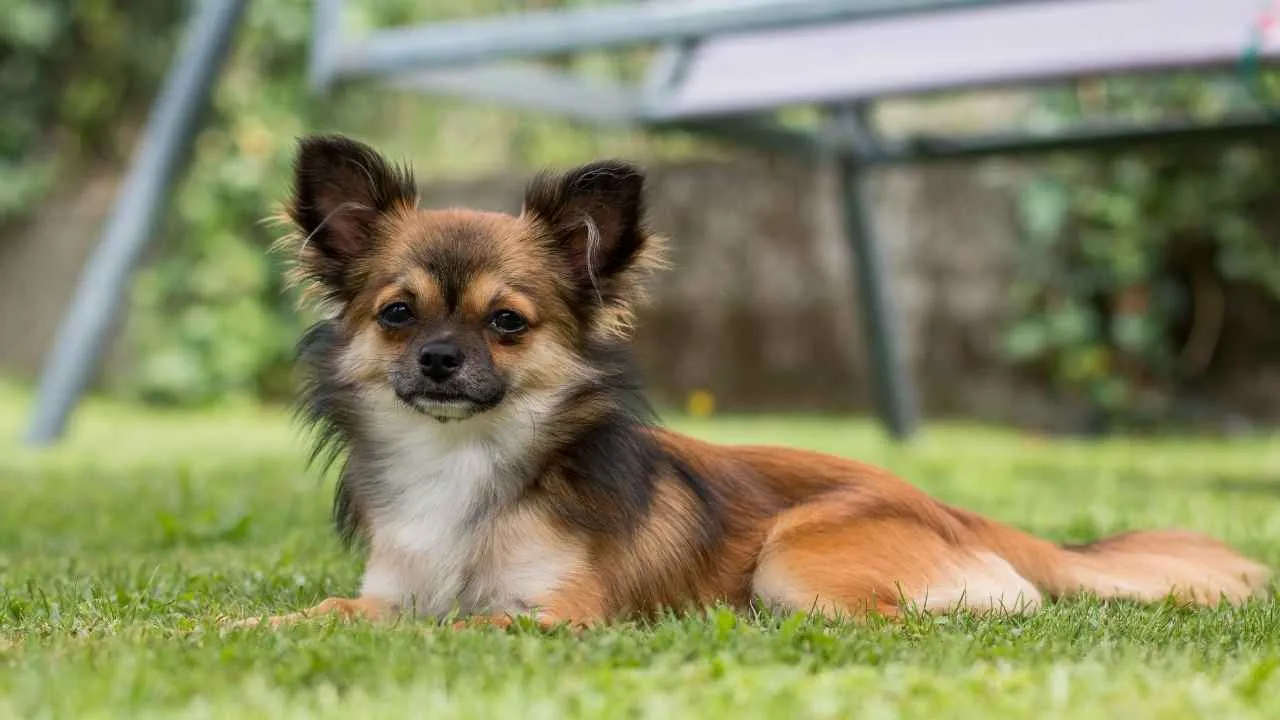
Chihuahuas carry themselves with surprising boldness, often acting fearless around larger dogs. Their small stature doesn’t limit their confidence, making them quick to react in unfamiliar situations. This fiery energy contributes to their reputation for being challenging companions.
Vocal and Alert
These tiny dogs have a loud, insistent bark that can escalate quickly, as PetMD noted. They are highly alert, reacting to sudden movements or noises with intensity.
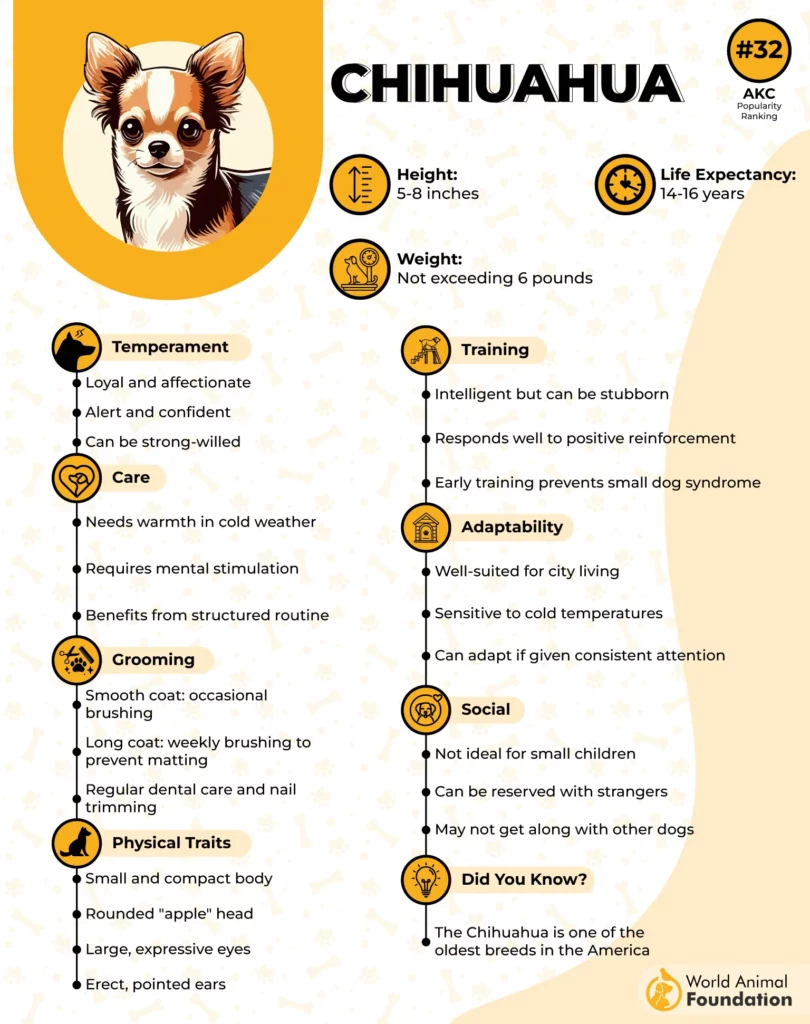
A few defining points:
Can become territorial over favorite spots or items
May challenge other dogs in the household
Highly reactive to strangers and sudden changes
Fiercely Loyal
Chihuahuas often develop a strong attachment to a single person, guarding them with zeal. Their devotion sometimes translates into jealousy or defensiveness around other family members. This single-minded loyalty can create unexpected confrontations if not managed carefully.
Bold, Even Aggressive
Despite their diminutive size, they can display stubborn or aggressive behaviors when feeling threatened. Their high energy and alertness require consistent socialization to reduce unwarranted conflicts. Many experts advise understanding their boundaries early to prevent escalation.
2. Presa Canario
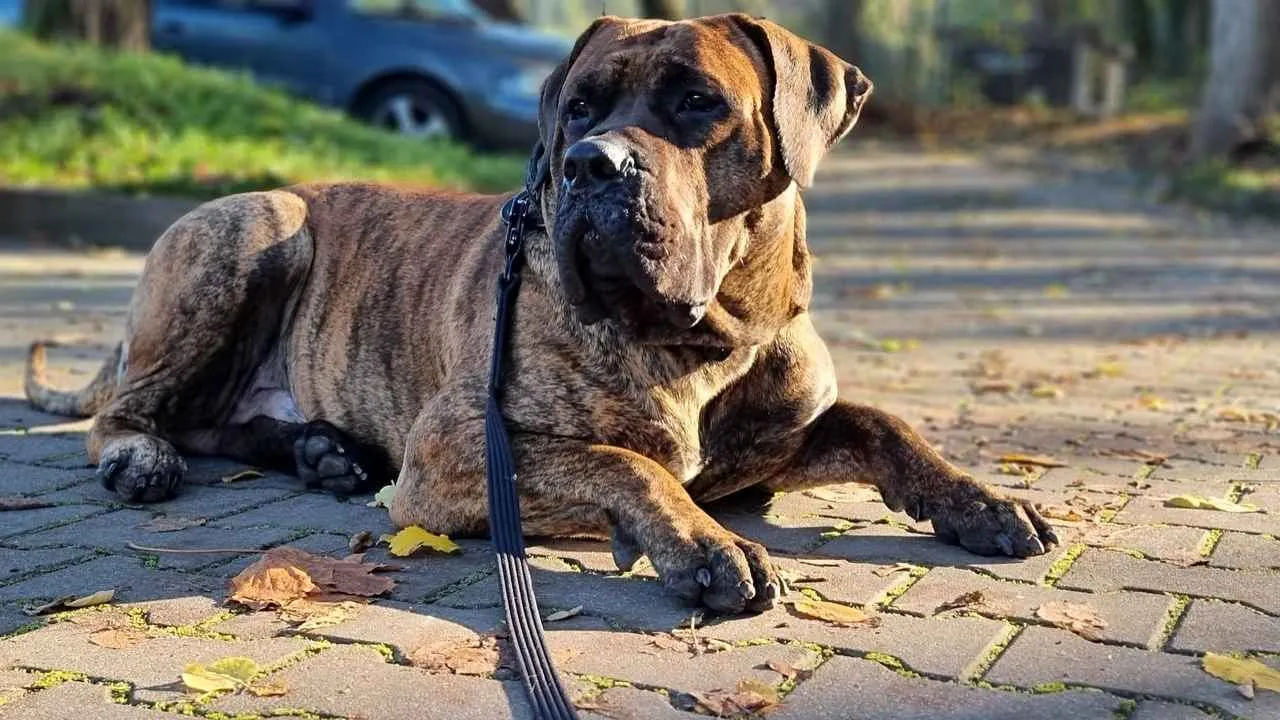
Presa Canarios command attention with their muscular frame and unwavering gaze. They are naturally assertive, responding strongly to perceived threats around the home. Their intense focus can make even casual encounters feel high-stakes, reflecting their dominant temperament.
Assertive and Protective
This breed reacts decisively when they sense danger, often testing boundaries with strangers and other animals. Their instinct to control situations is strong, requiring a handler who understands leadership.
Here’s how they show their assertive nature:
Can take charge in group settings
May challenge other dogs over resources
Highly alert to unfamiliar sounds or movements
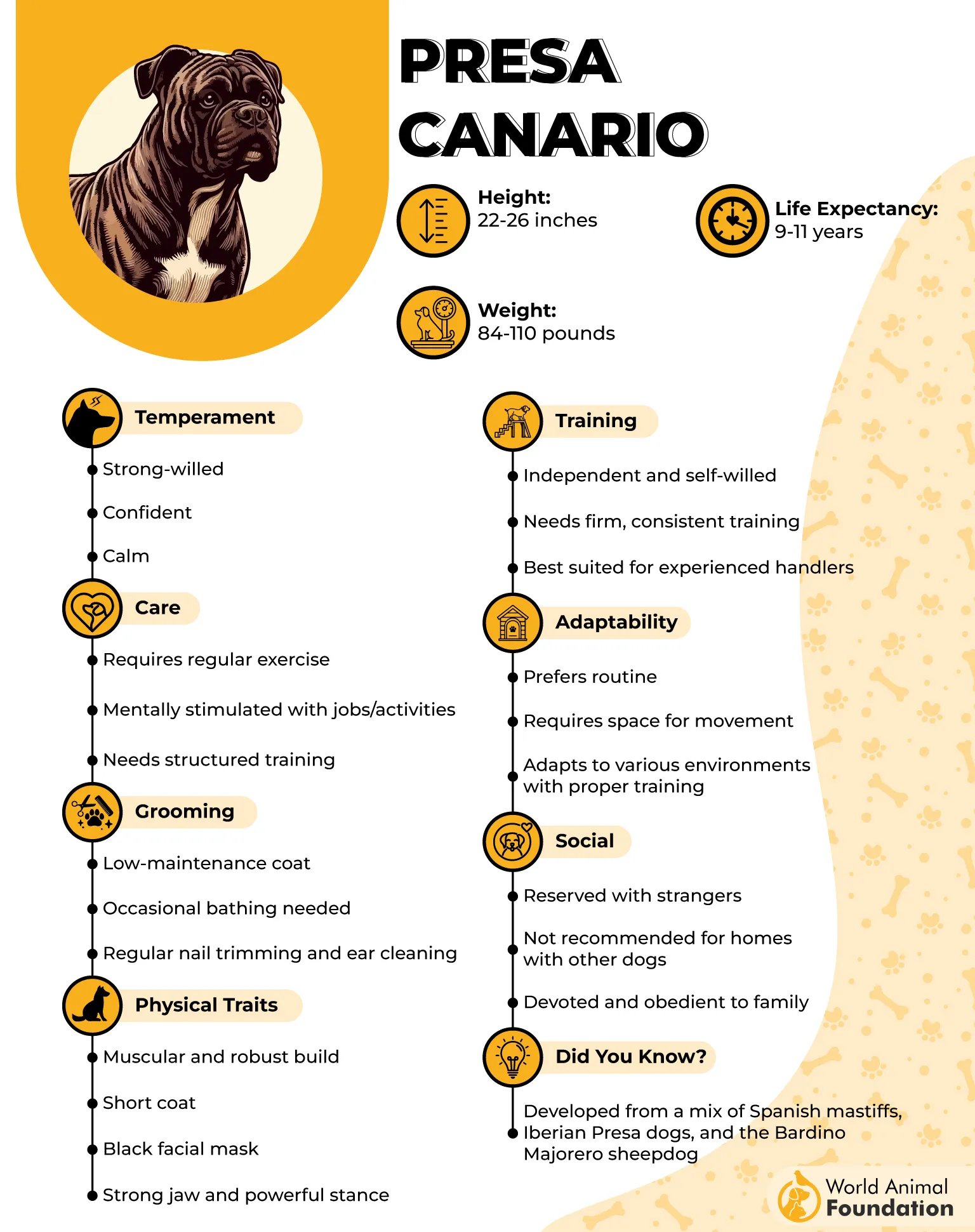
Loyalty That Demands Respect
Presa Canarios form strong bonds with their families, but loyalty comes with vigilance. They are not easily swayed by affection alone and expect clear guidance. The combination of devotion and dominance makes them unpredictable without a consistent structure.
Sharp Instincts in Action
These dogs read their environment quickly and act with little hesitation. Their judgment often places them in positions of authority over family and territory. For handlers, this means supervision is essential even in familiar spaces, as the breed reacts instinctively rather than out of playfulness.
3. Alaskan Malamute
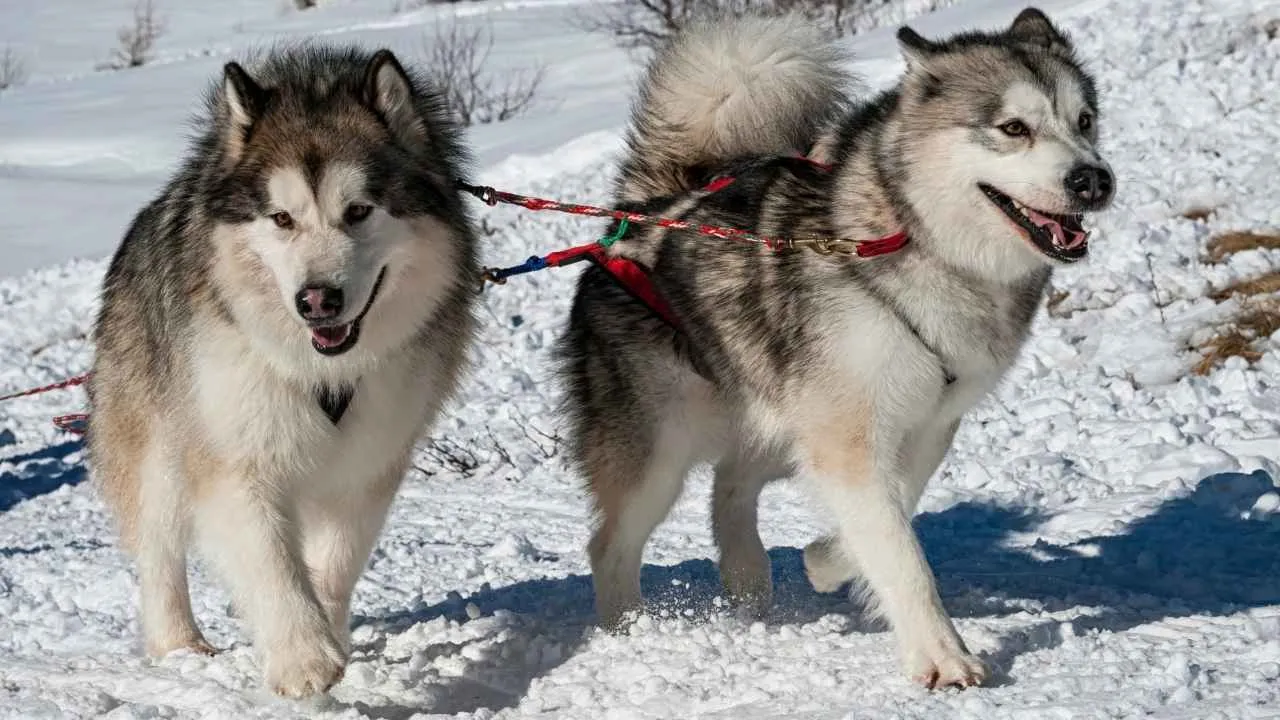
Alaskan Malamutes are strong-willed dogs that often challenge authority, testing patience with every command. Their energy is matched by a persistent streak that can frustrate even experienced handlers. They demand clear leadership, or daily routines can quickly unravel.
Independent Thinkers
These dogs are intelligent but highly independent, making obedience unpredictable at times, as mentioned in the AKC. Their decisions are guided more by instinct than human expectation, and they often act first, ask later. This can lead to stubborn behavior that requires careful management.
Sometimes their independence shows in ways you might not expect:
Can open doors or gates on their own
Ignore commands if distracted
Display selective listening during walks
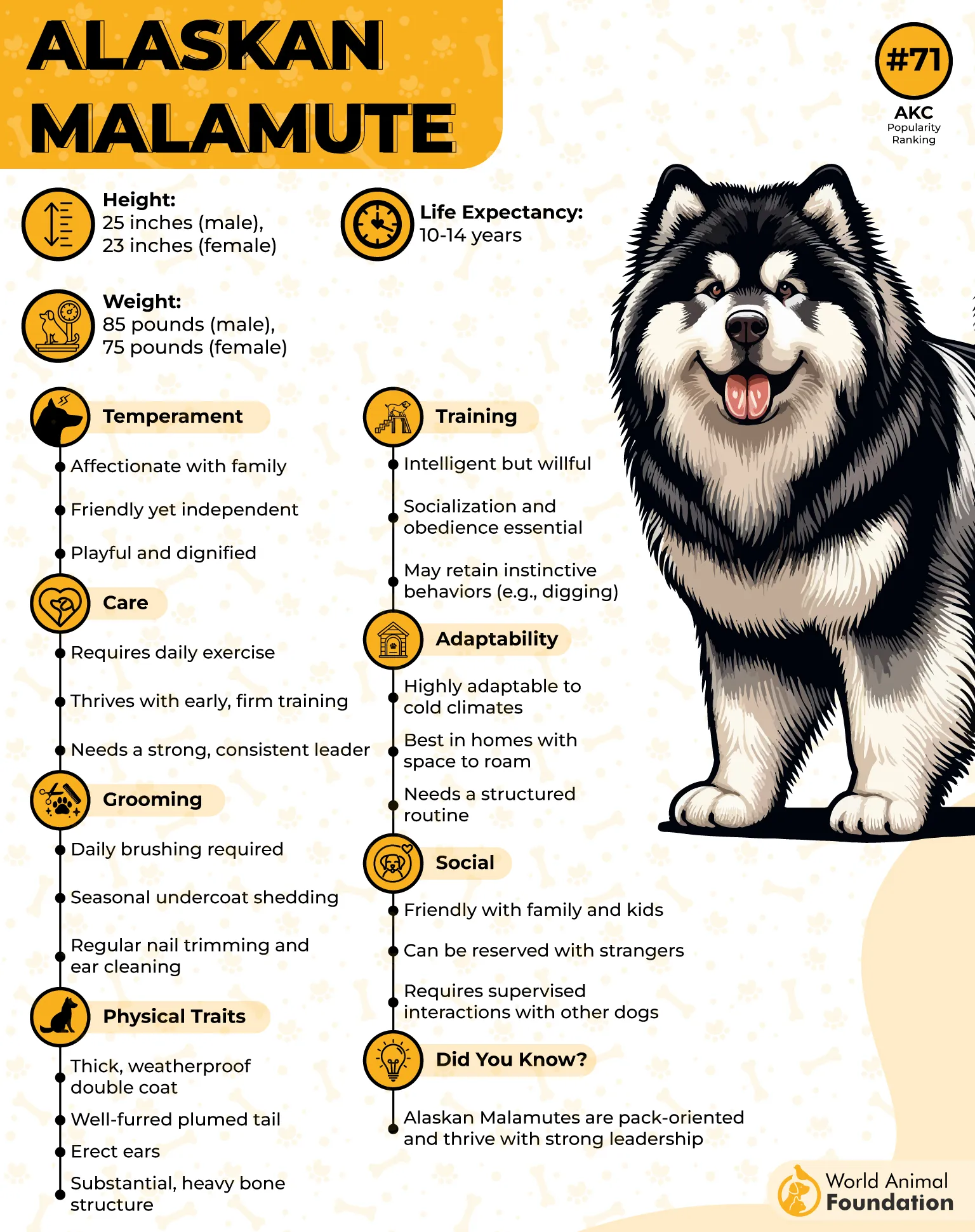
Social Dynamics
Malamutes are affectionate with family but may assert dominance over other pets or dogs. Their social confidence can escalate into confrontations if boundaries aren’t clear. Early guidance is crucial to prevent these assertive tendencies from becoming habitual.
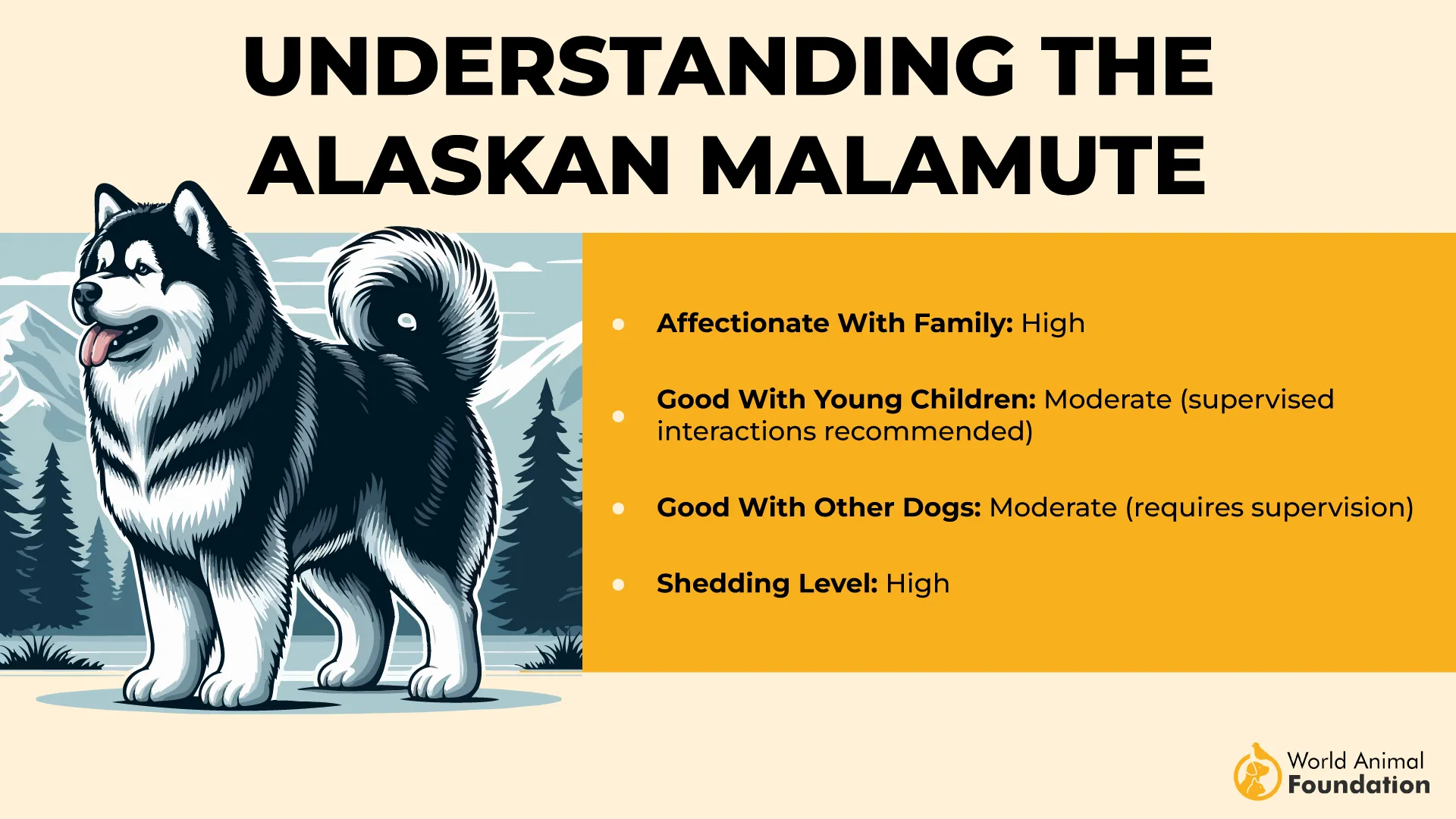
Alert and Assertive
Even playful interactions can turn intense if they feel challenged. Their size and strength add weight to misbehavior, making training missteps more serious. Owners often note that consistency and respect are the only ways to manage this bold temperament.
4. Korean Jindo Dog
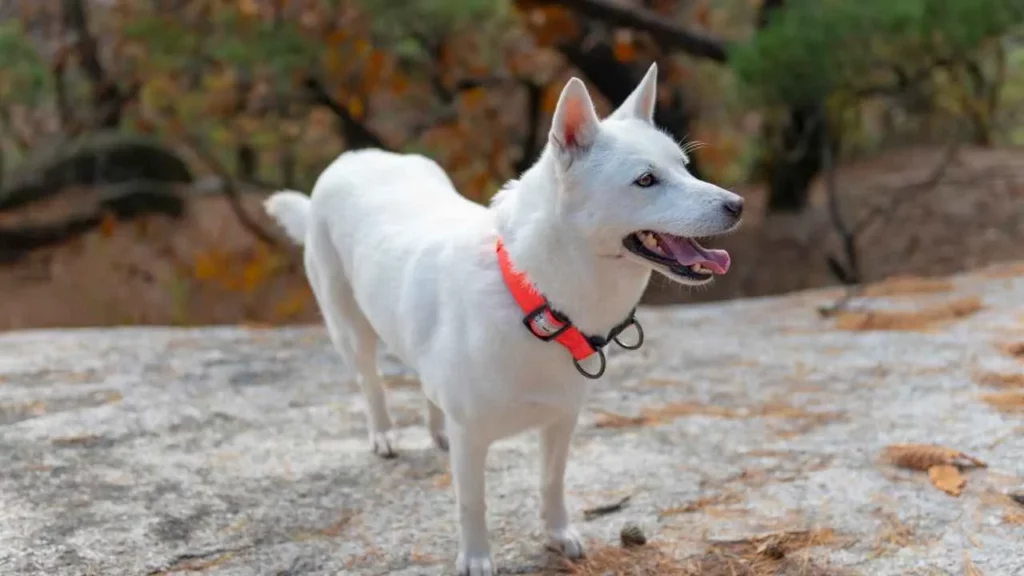
The Korean Jindo Dog is fiercely loyal yet intensely independent, often evaluating situations before acting. Its sharp instincts make it a breed that quickly decides friend from foe. This strong-minded nature is part of why they can challenge inexperienced owners.
Protective Nature
Jindos are naturally protective, and their alertness often escalates into stubborn behavior when provoked. They hold a strong sense of territory and are unafraid to act on it. Their focus on what they perceive as threats is remarkable and sometimes intimidating.
Quick glance at their standout tendencies:
Highly suspicious of strangers
Can be wary of other animals
Maintains vigilance without constant guidance
Strong-Willed Temperament
Training a Jindo demands consistency and patience, as they are known for testing boundaries. Their loyalty is intense, but it comes with an unshakable will of their own. Pet owners note that sudden, unplanned changes in routine may trigger defensive reactions.
Silent Observers with Sharp Reflexes
These dogs often watch situations quietly before intervening, which can make their reactions unpredictable. They are fast, precise, and deliberate when they feel a threat. This quiet yet controlled intensity contributes to their reputation as a challenging breed to handle.
5. Chow Chow
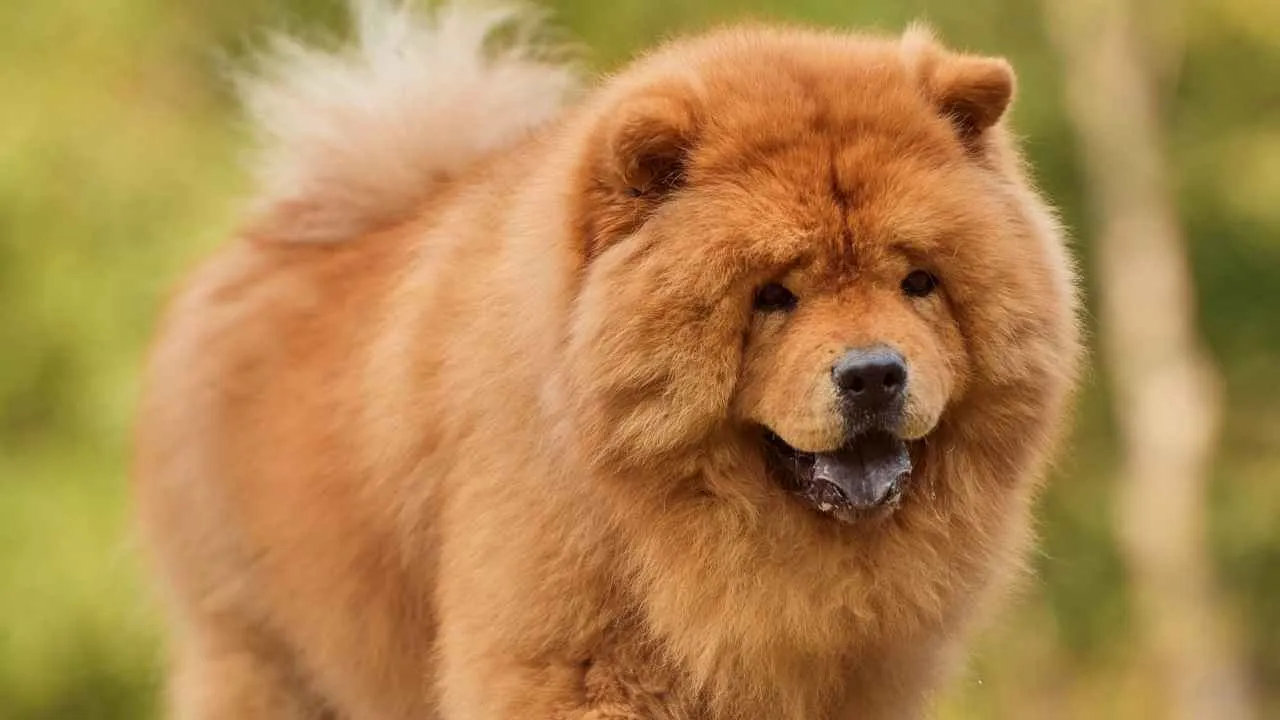
The Chow Chow carries an unmistakable air of dignity, with a gaze that seems to measure the room. Its serious expression often masks deep loyalty, making it selective with affection. This dog approaches interactions cautiously, preferring observation over immediate engagement.
Independent Mindset
Chows are highly intelligent but can resist direction, showing a strong streak of stubbornness. They respond best to patient, consistent guidance rather than force, as the AKC notes. Their refined habits extend to daily routines, reflecting a fastidious and orderly approach to life.
A few notable traits:
Maintains personal space even around family
Can be aloof toward strangers
Shows remarkable patience in structured environments
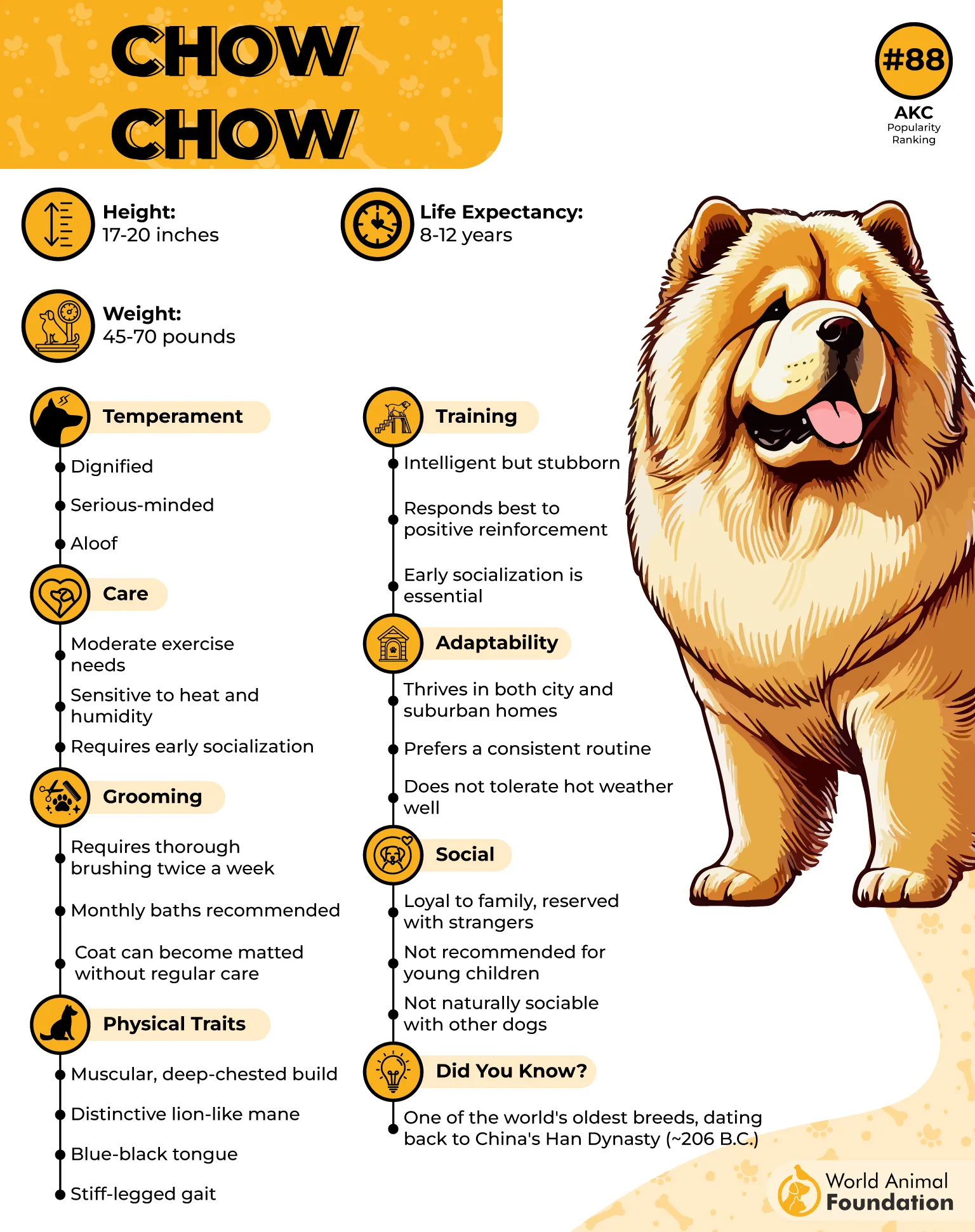
Reserved Yet Devoted
This breed forms bonds quietly, expressing loyalty without constant attention-seeking. They are careful with whom they trust, observing new people before offering warmth. Their reserved nature often surprises those expecting an outgoing companion, reinforcing the Chow’s selective temperament.
Vigilant and Self-Assured
Chows can assert themselves when they sense a disturbance or challenge. They do not rely on hyperactivity to make their presence known but convey authority calmly. Their handlers appreciate that this quiet vigilance is a form of temperament that requires respect and understanding.
6. Anatolian Shepherd Dog
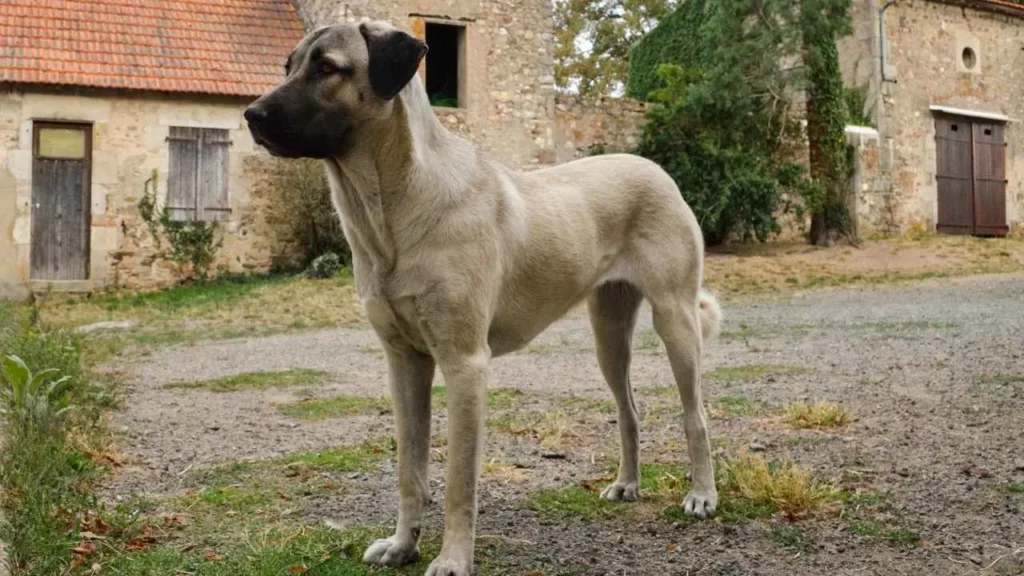
The Anatolian Shepherd Dog is a powerhouse with a reputation for strong territorial instincts. Its sharp awareness allows it to evaluate potential threats and respond without hesitation. Owners often remark on its uncanny ability to read both humans and other animals.
Independent and Decisive
This breed thinks on its own, making decisions quickly when guarding livestock or property. Its self-reliance can challenge new handlers who expect constant guidance.
Its natural skills show up clearly in action:
Will confront unfamiliar intruders immediately
Maintains watch over large areas without supervision
Shows unwavering focus on its flock
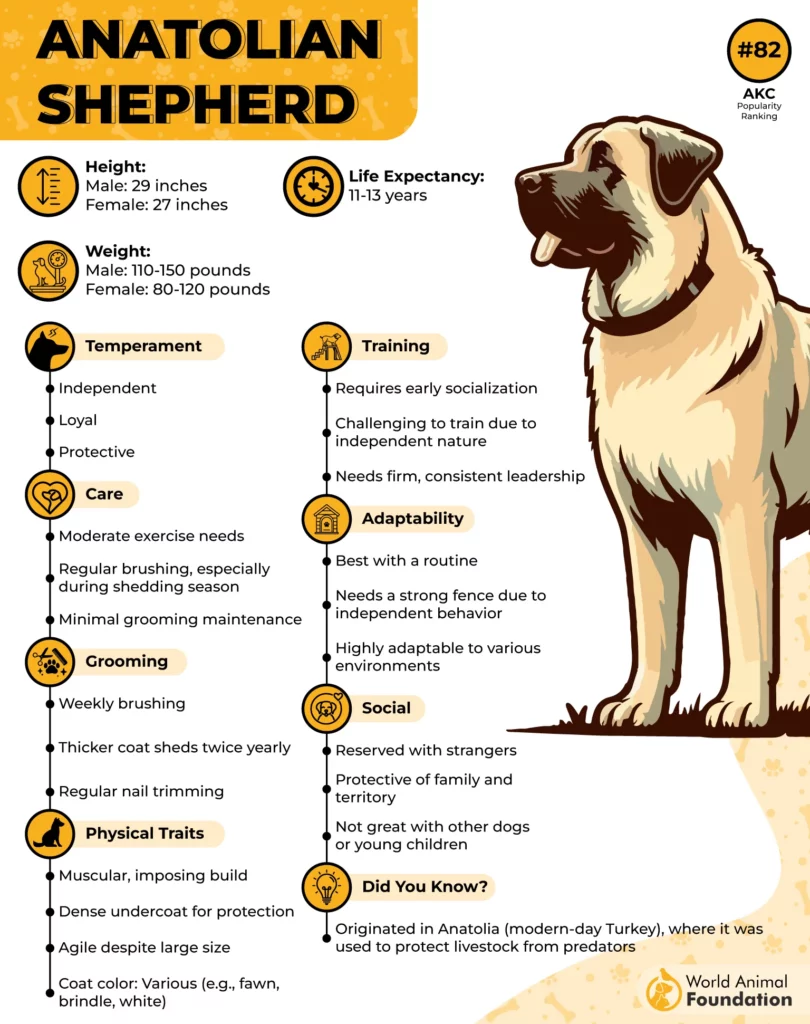
Loyalty That Demands Respect
While devoted to family and flock, Anatolians expect boundaries and respect. They are slow to warm up to strangers and can be wary of unexpected behavior. Their loyalty is intense, but it comes with a need for firm and consistent handling.
Natural Guarding Power
Anatolian Shepherds are imposing by appearance and presence, which alone deters many intruders. They can manage multiple threats simultaneously and rely on strategic positioning rather than constant aggression. Their instincts make them highly effective as independent guardians.
7. Siberian Husky
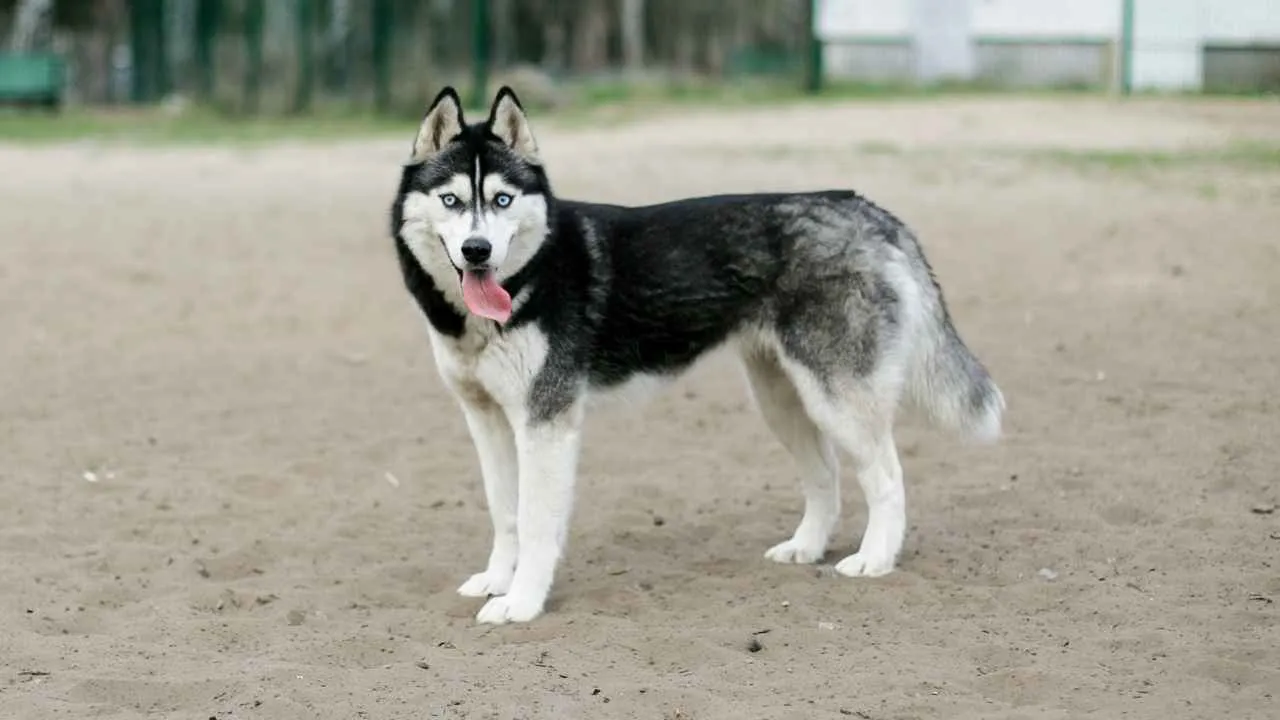
Siberian Huskies are active and free-willed and may cross over boundaries without warning. Lack of supervision can soon make their curiosity develop into destructive behavior. This obstinate nature presents a challenge even to experienced owners to train.
Clever but Unpredictable
While highly intelligent, Huskies sometimes use their smarts to manipulate situations for their own amusement. They can escape fences, unlock doors, or find hidden treats without hesitation.
A few points worth noting:
Known for loud, expressive howls
Can outsmart automated pet gates
Strong prey drive for small animals
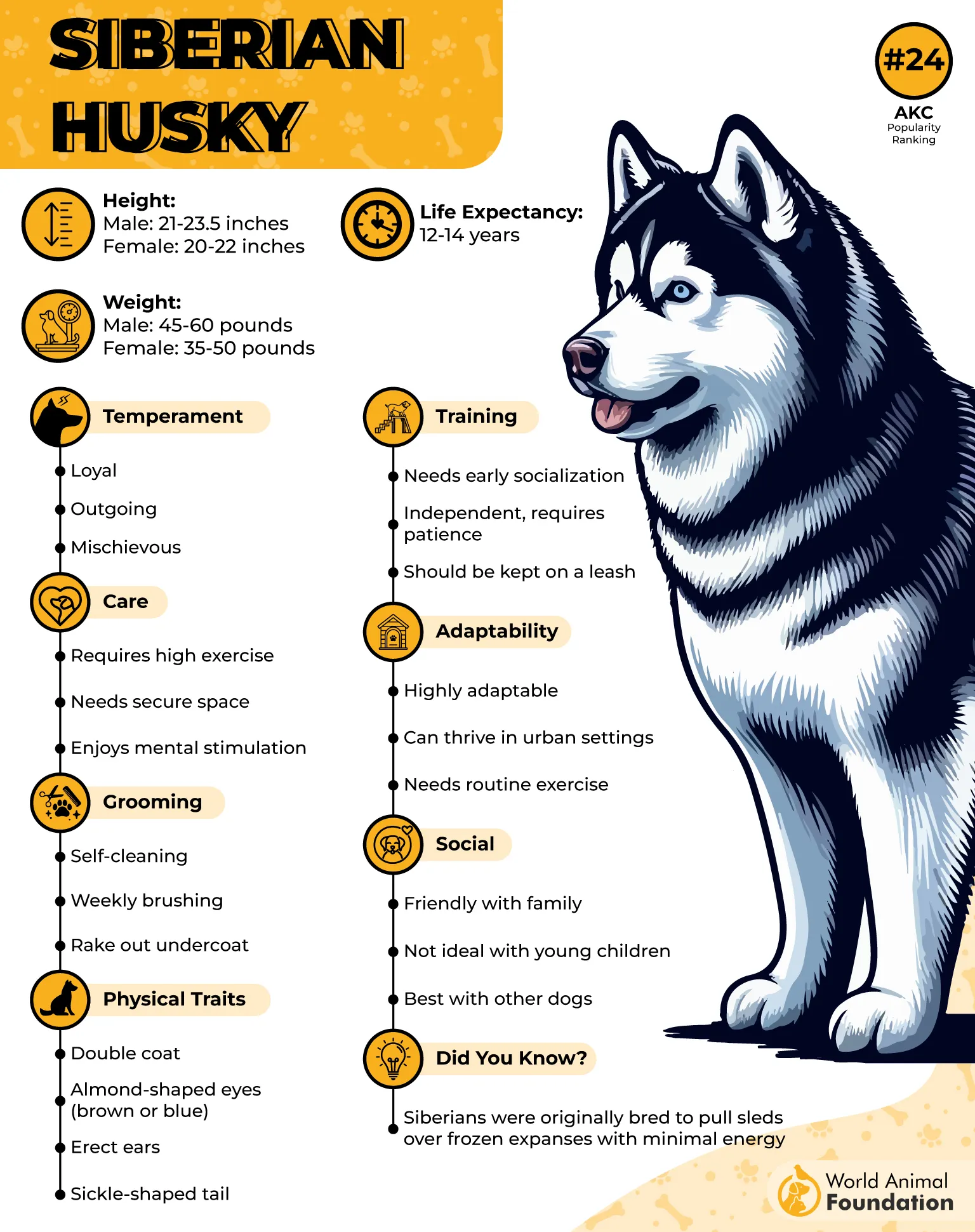
Social Yet Selective
Huskies bond well with their handlers but can become pushy or demanding when they want attention. Their strong pack instincts sometimes create tension with small pets, as they see them as potential prey, as Orvis claims. They are not naturally obedient, and patience is crucial when handling them.
Independent and Headstrong
This breed acts on impulse, often ignoring commands if something captures their interest. Owners must anticipate mischief rather than react. Their blend of charm and unpredictability keeps every day lively but can test patience like few other breeds.
Conclusion
Even the most admired dogs can test patience and discipline. What many call the worst dog breeds are often simply the ones that demand more structure and understanding. With proper training and early socialization, even strong-willed dogs learn balance and restraint.
Their instincts, once guided from a young age, become strengths rather than challenges. From aggressive dogs to household companions, their true potential shines when owners lead with calm consistency.
Dog owners who invest time in proper, consistent training and mental stimulation and steady routines often find that difficult temperaments soften into loyalty. In the end, every dog’s behavior mirrors the guidance it receives from the one holding the leash.


